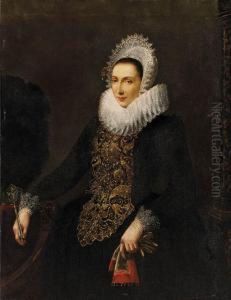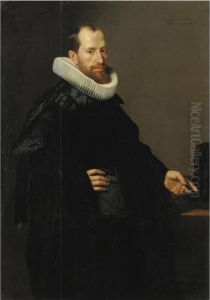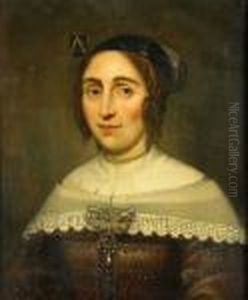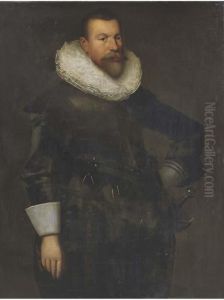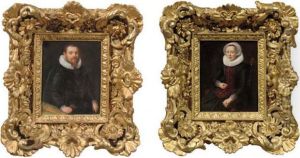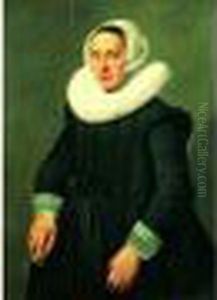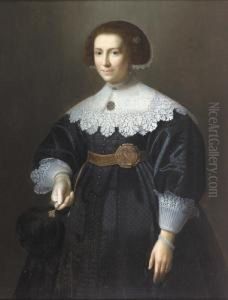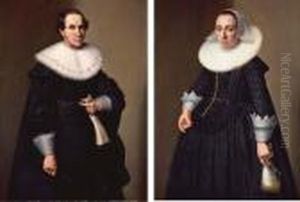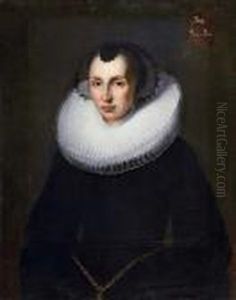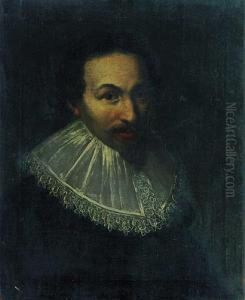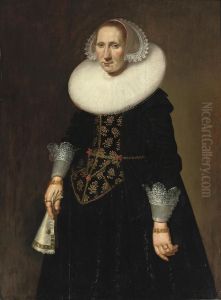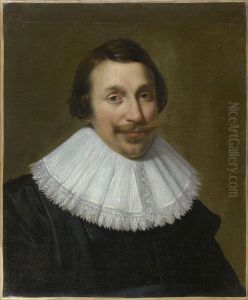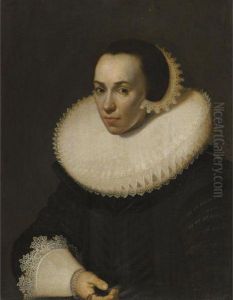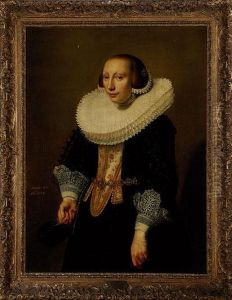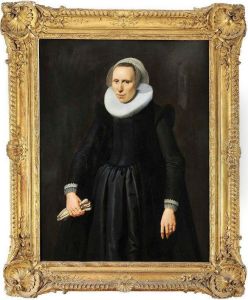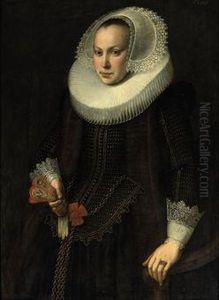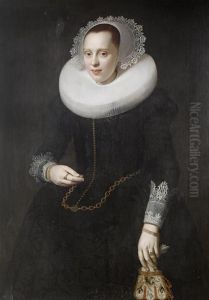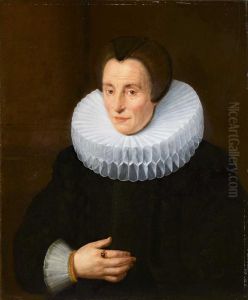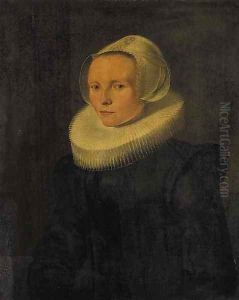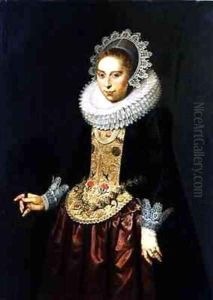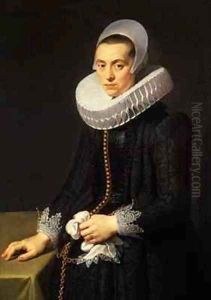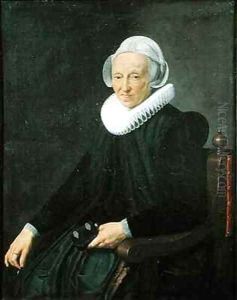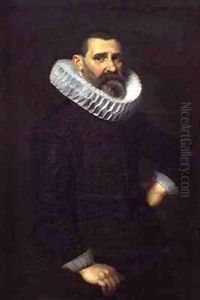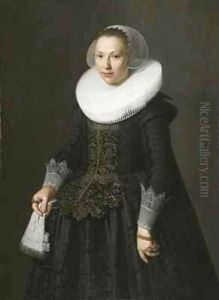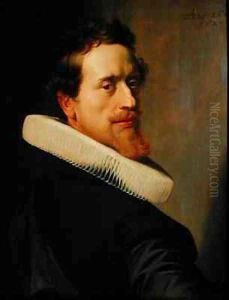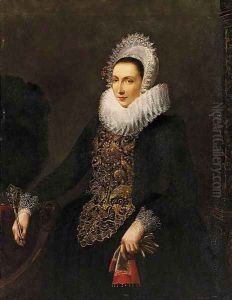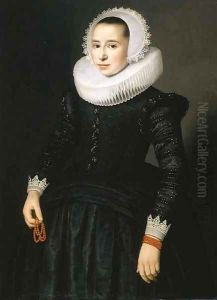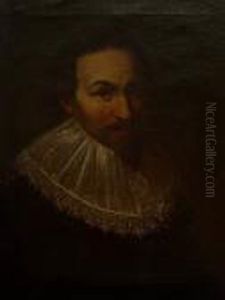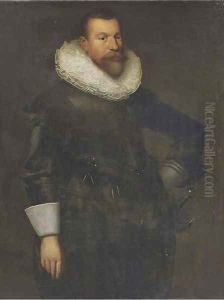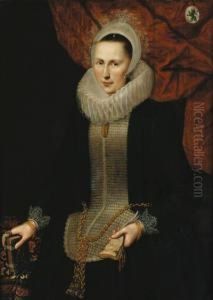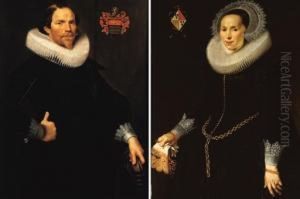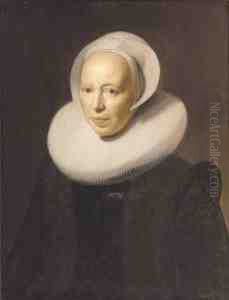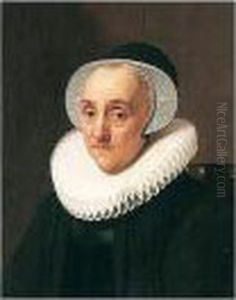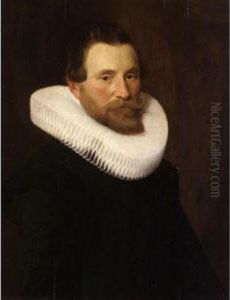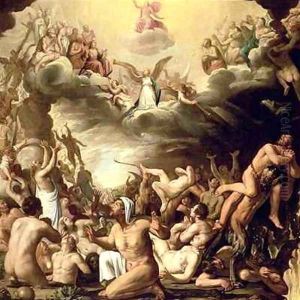Nicolaes (Pickenoy) Eliasz Paintings
Nicolaes Eliaszoon Pickenoy, known as Nicolaes Eliasz or Nicolaes Pickenoy, was a Dutch painter born in Amsterdam in 1588. He was one of the leading portraitists of his time in Amsterdam, second only to the likes of Rembrandt and Cornelis van der Voort. Pickenoy's parents were not Dutch; his father, Elias, was from Nijmegen, and his mother, Heleken Hoochduyn, was originally from Antwerp.
Pickenoy's career began in the early 17th century, and he quickly became noted for his skill in painting portraits. His works often depicted wealthy citizens, civic guards, and regents in a detailed and grandiose manner. In 1612, he acquired the rights of citizenship in Amsterdam, which was a significant step for his career, allowing him to enter the St. Luke's guild and start taking on commissions and apprentices.
The artist's style was influenced by the Flemish Baroque tradition, characterized by a strong use of chiaroscuro and an emphasis on texture and detail. Pickenoy's portraits are known for their rich detail, use of color, and the dignified portrayal of his subjects. Despite the high quality of his work, Pickenoy's fame was somewhat overshadowed by the genius of Rembrandt, who moved to Amsterdam in 1631 and whose revolutionary approach to portraiture quickly gained popularity.
Pickenoy was married twice and had several children. His sons Elias and Johan Elias Pickenoy also became painters, although they did not achieve the same level of success as their father. Nicolaes Pickenoy's exact year of death is uncertain, with various sources suggesting he died sometime between 1653 and 1656. His legacy lies in the rich portrayal of Amsterdam's elite during the Dutch Golden Age, and his works can be found in various museums across the Netherlands and beyond.
